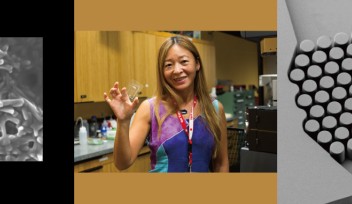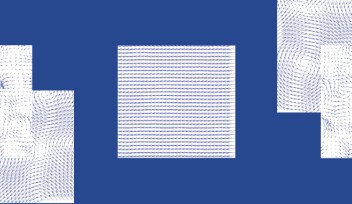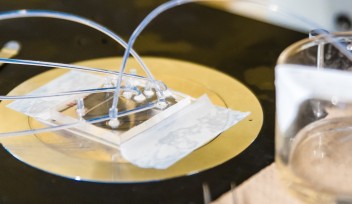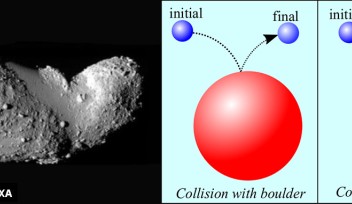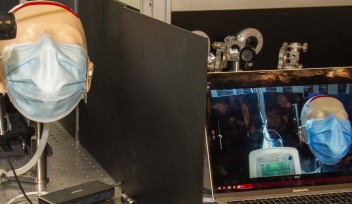The shape of coronavirus affects its transmission, finds study
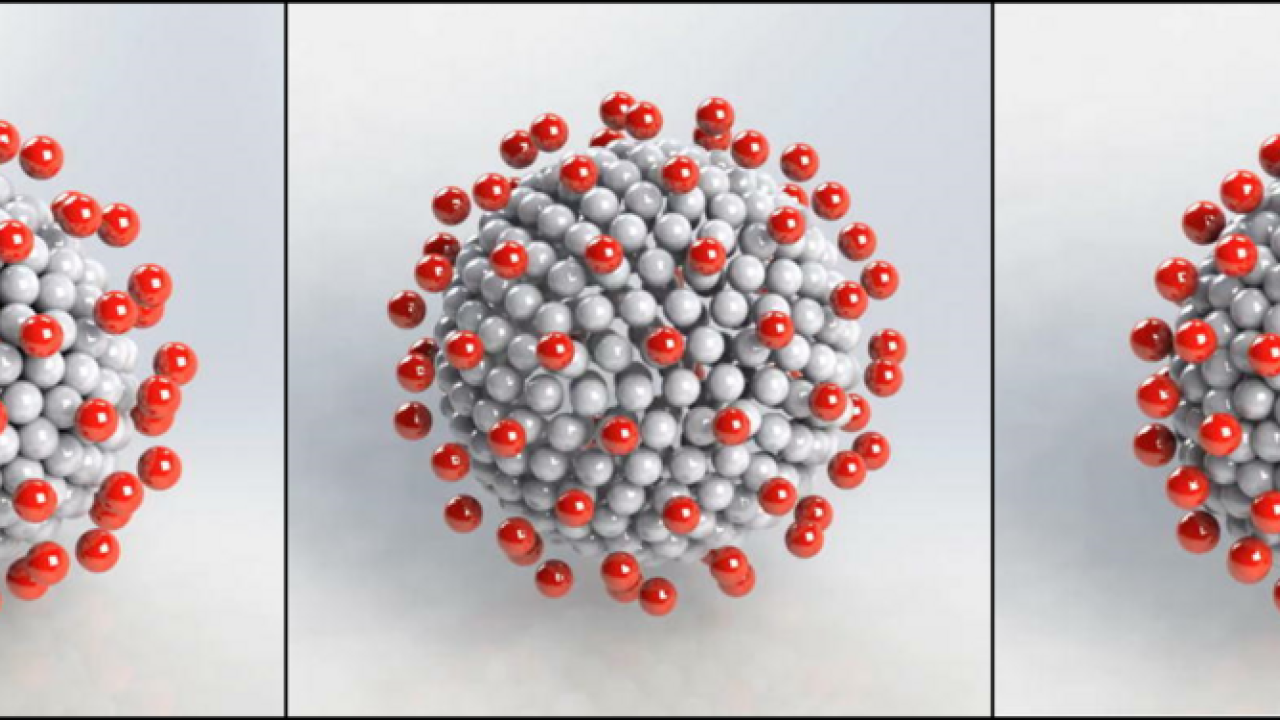
Since the start of the COVID-19 pandemic, images of the coronavirus, SARS-CoV-2, have been seared in our minds. But the way we picture the virus, typically as a sphere with spikes, is not strictly accurate. Microscope images of infected tissues have revealed that coronavirus particles are actually ellipsoidal, displaying a wide variety of squashed and elongated shapes.
Now, a global research team, including scientists from Queen’s University, Canada, and the Okinawa Institute of Science and Technology (OIST), Japan, have modeled how the different elliptical shapes affect the way these viral particles rotate within fluids, impacting how easily the virus can be transmitted. The study was published recently in Physics of Fluids.
“When coronavirus particles are inhaled, these particles move around within the passageways in the nose and lungs,” said Professor Eliot Fried, who leads the Mechanics and Materials Unit at OIST. “We are interested in studying to what extent they are mobile in these environments.”
The specific type of movement that the scientists modeled is known as rotational diffusivity, which determines the rate at which the particles rotate as they move through fluid (in the coronavirus’ case, droplets of saliva). Particles which are smoother and more hydrodynamic encounter less drag resistance from the fluid and rotate faster. For coronavirus particles, this rotational speed affects how well the virus can attach to and infect cells.
“If the particles rotate too much, they might not spend enough time interacting with the cell to infect it, and if they rotate too little, they might not be able to interact in the necessary way,” explained Prof. Fried.
In the study, the scientists modeled both prolate and oblate ellipsoids of revolution. These shapes differ from spheres (which have three axes of identical length) in just one of their axes, with prolate shapes having one longer axis, whilst oblate shapes have one shorter axis. Taken to the extreme, prolate shapes elongate into rod-like shapes, whilst oblate shapes squash into coin-like shapes. But for coronavirus particles, the differences are more subtle.
The scientists also made the model the most realistic yet, by adding the spike proteins onto the surface of the ellipsoids. Previous research from Queen’s University and OIST showed that the presence of triangular-shaped spike proteins lowers the speed at which the coronavirus particles rotate, potentially increasing their ability to infect cells.
Here, the scientists modelled the spike proteins in a simpler way – with each spike protein represented by a single sphere on the surface of the ellipsoids.
“We then figured out the arrangement of the spikes on the surface of each ellipsoidal shape by assuming that they all contain the same charge,” explained Dr. Vikash Chaurasia, a postdoctoral researcher in the OIST Mechanics and Materials Unit. “Spikes with identical charges repel each other and prefer to be as far from each other as possible. They therefore end up evenly distributed across the particle in a way that minimizes this repulsion.”
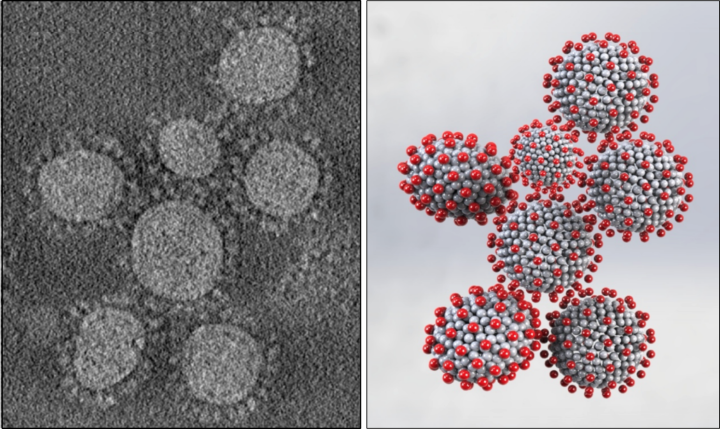
In their model, the researchers found that the more a particle differs from a spherical shape, the slower it rotates. This could mean that the particles are better able to align and attach to cells.
The model is still simplistic, the researchers acknowledge, but it brings us one step closer to understanding the transport properties of the coronavirus and could help pin down one of the factors key to its infective success.
Article Information
Specialty
Research Unit
For press enquiries:
Press Inquiry Form










